Category
Categories
- ACCESSORIES
- AFRICAN FASHION
- AFRICAN WEDDING FASHION
- ANKARA
- BABY FASHION
- BAGS AND HANDBAGS
- BEAUTY
- BUYANDSLAY FABRICS
- CURTAINS AND ACCESSORY
- DESIGNER WOMENS
- DESIGNERS
- DRESSES
- FABRICS
- FASHION
- FASHION TRENDS
- GIFTS
- GIRL FASHION
- HEALTH AND BEAUTY
- HUMAN HAIR WIGS AND EXTENTIONS
- JEANS
- KIDS
- KIDS AND TODDLER SHOES
- MEASUREMENT GUIDE
- MENS DESIGNERS
- MENS FASHION
- MENS SHOES
- PLUS SIZE FASHION
- SHOES
- WEDDING FASHION
- WIGS AND HAIR EXTENSIONS
- WOMENS FASHION
- WOMENS SHOES
Buyandslay is a fashion product and E-commerce website that brings you the latest trends in fashion, beauty, and lifestyle. We are dedicated to bringing you only the best information about the latest styles, products, and trends that you need to know about.
When you’re planning a trip to Kenya, there are a few things you should know about what clothes to bring. First of all, the weather is unpredictable. It’s hot during the day and cool at night, so pack for both. Wear layers—you can always take them off if it gets too hot.
Second, it’s important to bring clothes that don’t have an odor and won’t attract insects. Insect repellant is also a good idea because insects are everywhere in Kenya and they can be irritating at times.
Third, always wear closed shoes or boots when walking around because there can be snakes hiding under rocks or in tall grasses. You wouldn’t want any unwanted surprises while on safari!
When you’re going on a safari in Kenya, the clothing you bring with you is going to make or break your experience. Here’s our list of what to wear for an amazing safari in Kenya:
-Ideal temperatures for a safari in Kenya are between 58 and 77 degrees Fahrenheit, so plan accordingly!
-Bring long pants that can be rolled up if necessary, along with shorts that are quick drying and breathable.
-Bring two pairs of socks: one thin pair and one thick pair (the thin pair will be more comfortable when hiking).
-If it’s cold at night, bring a fleece or wool sweater to wear under your jacket or coat.
-Wear sandals or shoes that are quick drying and have good traction on steep inclines (you’ll see lots of these).
What should I bring with me?
Your curiosity and sense of adventure, an open mind and enough memory cards for the camera! As a general guide, comfortable and casual clothing that you can wash and wear is recommended while on safari. Muted colours are best for game viewing. Game drives are generally conducted in the early morning and the late afternoon, which can be cold, especially in winter. The temperature often warms up during the day, so it is best to dress in layers.
The most practical items to pack for your Kenya safari are:
- Clothes in khaki, green, beige and neutral colours
- Long-sleeved shirts that offer protection from the sun and mosquitoes
- T-shirts
- Shorts or a light skirt
- Jeans or safari trousers for evenings and cooler days
- Jackets and sweaters for early morning and late afternoon game drives
- A lightweight waterproof jacket in case of rain
- Swim and beachwear
- Comfortable walking shoes
- Sunscreen, sunglasses, a hat, insect repellent, moisturiser and lip salve
- Binoculars and camera equipment
The luggage allowance on small flights is usually limited to a maximum of 15 kg (33 lbs), which includes hand luggage, so please bear this in mind when packing. Most lodges and camps provide a same-day laundry service for your clothes.
What To Pack
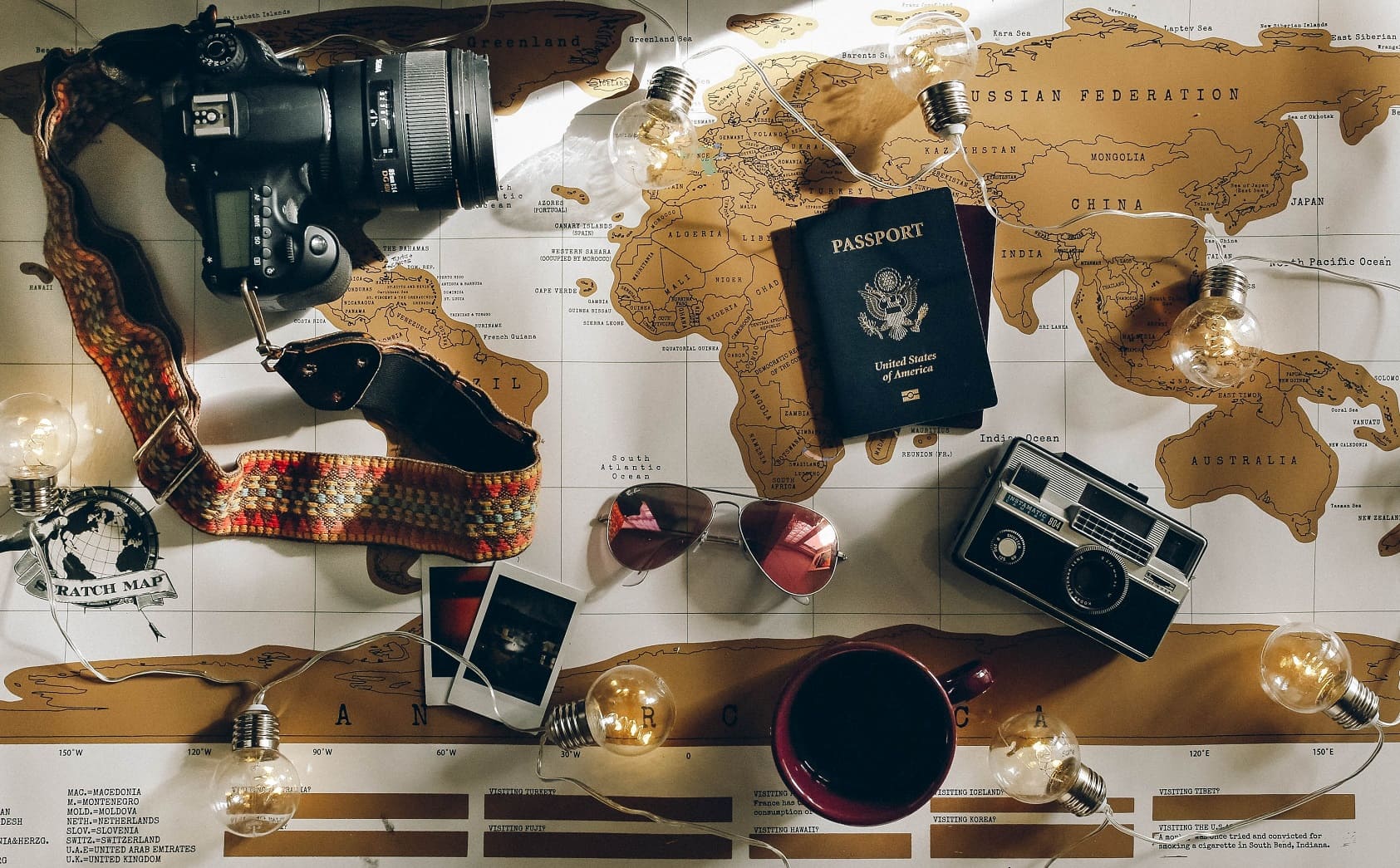
This packing check list is a general guide on what to take on your Kenya safari. Please ensure you pack minimally and use layers, as local airlines flying to various parks within the country have a typical luggage restriction of 15 kilos allowance per person (including carry-on bags). Soft sided bags or folding duffel bags are recommended.
While we list everything down below with descriptions, your packing list ought to include the following essentials: Clothing suitable for Safaris, Shoes, Hat, Sun Protection, Insect repellant, vital Medication and Cameras or Photography equipment among other items.
Not to forget Travel Documents, prior to start of your safari check for your Passport, Health cards (vaccination certificates as required), Airline tickets, Credit cards and Insurance papers. Ensure all the documents are inorder and up-to-date. Your passport must have at least 2 blank pages and six months of validity from the proposed date of exit from Kenya.
Note: Kenya aims to eliminate plastic bag usage for environmental reasons and these have been banned and their use is illegal.
Clothes
The ideal clothes to pack for your safari are casual in nature, loose fitting and lightweight, so as to keep you cool and dry. For colours, pick neutral Pastel shades over brighter colours for optimum suitability for the wilderness. Khaki and Forest Green colours are an all time safari favourite and most recommended.
Please note that camouflaged, military~pattern clothes may be considered unlawful in East Africa as they are worn by the local forces so best to avoid. Make sure to pack a fleece, cardigan or light jacket for the cool early mornings during game drives.
When packing, keep in mind that most lodges and camps provide laundry services. Below is a basic packing list of the essential clothing you may want to bring:
01 short sleeve casual shirt, 02 khaki long sleeve shirts, 01 Wind cheater or light jacket or Fleece jacket, 01 Safari Multi Pocket Saafri Vest (especially useful for Photographers), 02 pairs khaki smart casual trousers or Chinos, 02 pairs safari shorts
03 pairs sport socks, 02 T-shirts, 01 pair Nightwear, 01 pair Swimwear, Sports bra. If staying at 5 star camps or lodges, carry along a single set of smart but basic dinner wear, useful also for nights in Nairobi city or along the coast in Mombasa.
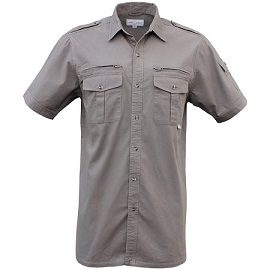
Shoes
For most safaris which do not involve trekking or “bush walking”, fully closed lightweight and comfortable walking shoes such as sneakers with good grip do just fine. The classic Safari boots [ pictured] are always a great all round choice. These are also known as Chukka boots. Hiking boots are also useful but you may find these unnecessarily heavy unless you actually plan on hiking during your trip.
Flip flops or sandals for around the swimming pool or in-room use are ever useful and are cheap to buy in Nairobi as well.
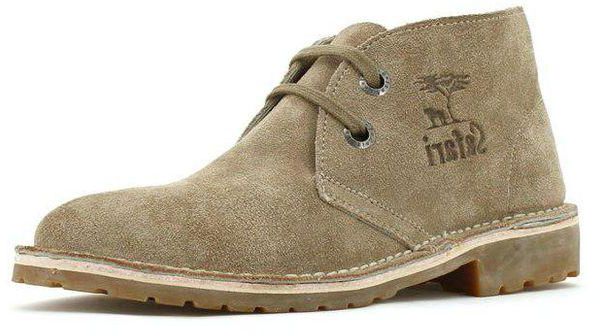
Hats And Sun Protection
For Sun protection we recommend you pack sunscreen lotion ( a high enough SPF) as well as a wide brim Safari hat (pictured) which will help keep the sun off your face and neck. A pair of Sunglasses and prescription glasses for those that wear contact lenses (it can be rather dusty to wear these comfortably).
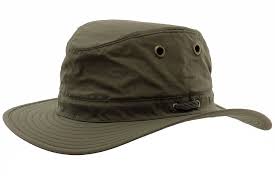
Insect Repellant
Some of the lodges and camps provides insect repellent but we still encourage you to pack your own preferred brand.
Repellants containing Deet are said to be more effective against most insects and bugs. All-natural citronella repellant can also get the job done if you are concerned about the deet effects. Please consult your Doctor or Pharmacist.

Medication
Remember you will be in the “bush” so to say while on Safari and the nearest town or city may be hours away. Be sure to pack your most essential personal medications especially brands or medicines that may not be available locally in Kenya. Pharmacies in Nairobi stock a wide variety of medicines so for basic requirements such as pain relief, anti malaria pills or antacids and the like one can purchase once in Nairobi. Keep in mind to carry along any prescriptions when you bring along medication into Kenya in case you are required to show this at the airport.
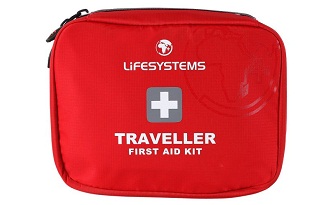
Cameras, Binoculars, Travel Adaptors & Laptop
As for Cameras and Photography equipment we recommend packing thse into your carry on luggage rather than check in for enhanced safety. East Africa offers amazing photo opportunities so bring along a decent camera to make the most of your trip. Binoculars are very useful and though some Safari operators provide a pair in their vehicles, these may be basic in specs so if you can bring a set you are prefer. For serious photographers, you may want to carry your laptop which is so useful for downloading and processing your images after a day on Safari. Also helps you make the most of your camera storage cards as you can keep moving images to your laptop or hard disk at the end of each day. Spare AA and AAA batteries arae available for sale at certain lodges in Masai Mara as well and this includes standard and rechargeable batteries. Regarding Electrical sockets, bring a couple of Travel socket adaptors. In Kenya we use the associated plug type G, which is the plug that has three rectangular pins in a triangular pattern. Kenya operates on a 240V supply voltage and 50Hz.
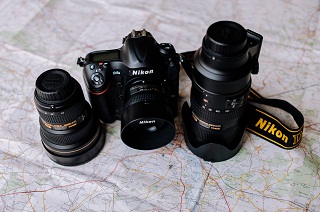
Other Stuff
Other important items that you must include in your packing list includes personal toiletries (such as travel size shampoo, conditioner,soap, deodorant, moisturizer, hair brush, tooothpaste and toothbrush), sanitary products for ladies, wet wipes and hand sanitizers, small sewing kit, small scissors and pocket knife (not in carry on bag) alarm clock, money pouch or money belt, reading materials, pen and a notebook.
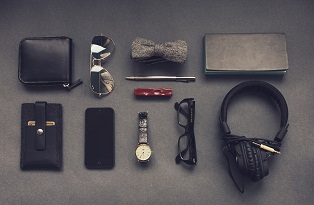
Pro & Cons Of Flying To Masai Mara
Since we mentioned above that flights from Nairobi to Masai Mara and back carry a luggage limitation of 15 kilos per passengers, combined for check in and carry on, we often get asked if driving down would be a viable option as some tourists such as photographers have camera equipment that weighs more than the 15 kilos. So the main advantage of flying to Masai Mara is that it is quick and comfortable as you can get to your destination in an hour compared to a 5 or 6 hour drive.
Keep in mind the the planes are small light aircraft, designed for use on the bush airstrips. Some planes may have upto 38 seats, but most have 4-16 seaters with your pilot sitting with you, typically the dependable Cessna planes.
Leave a Reply